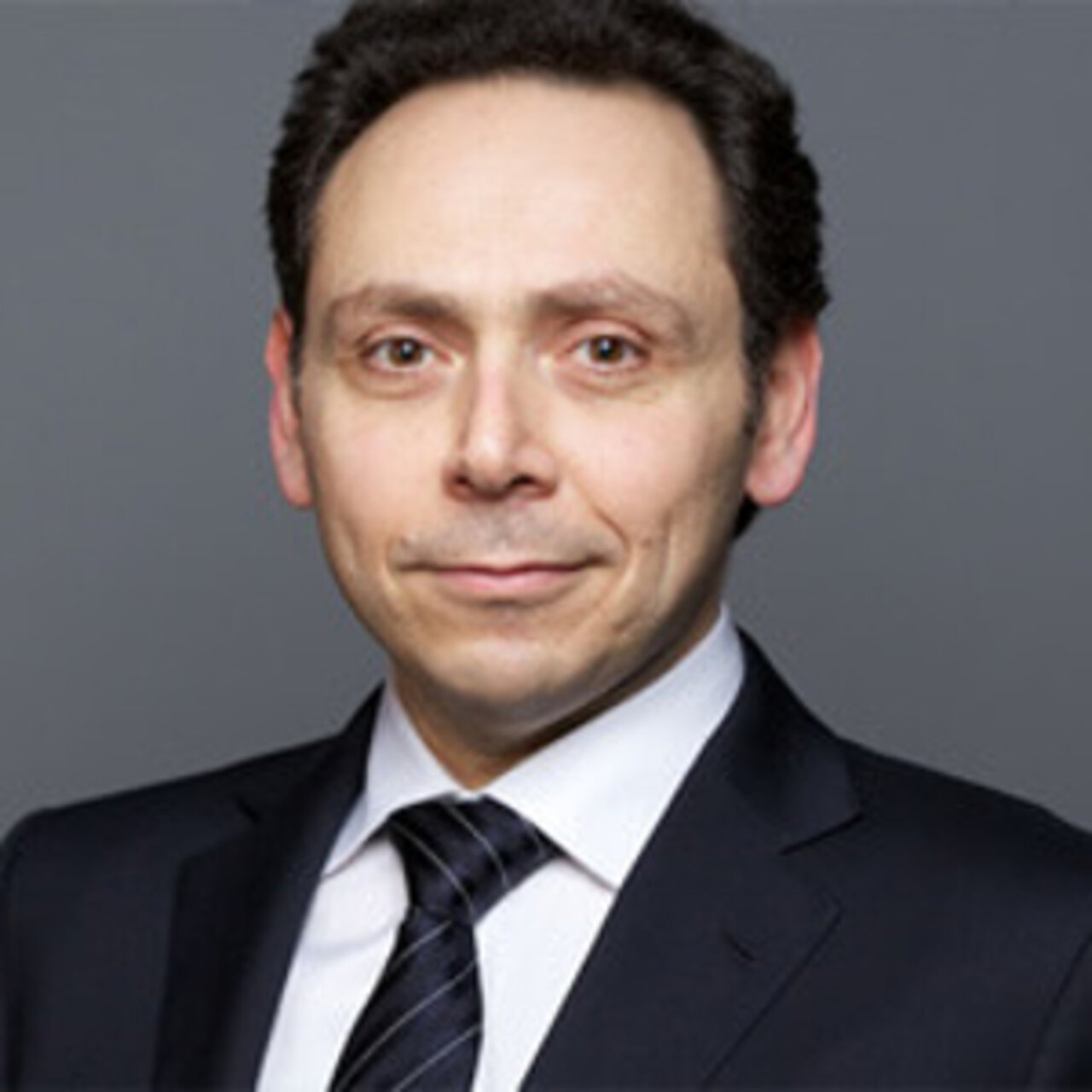Specialists in Laser Eye Surgery
4 Specialists found
Information About the Field of Laser Eye Surgery
What Is Laser Eye Surgery?
Eye lasering surgeries aim to change the refractive power of the eye. Principally, the cornea is modified by a laser. The light rays are refracted precisely onto the retina at the posterior eyeball wall, allowing the patient to see clearly without the help of optical aid.
For Which Eye Diseases Can Laser Surgery Help?
Eye lasering surgery is used for people who wish to have sharp vision without optical aids (glasses or contact lenses). Myopia, hyperopia, and astigmatism can be treated. A certain thickness of the cornea is required. The smaller the correction, the more successful the result of the laser operation.
Laser Eye Surgery Methods
LASIK (laser in-situ keratomileusis)
LASIK stands for laser in-situ keratomileusis. First, a superficial corneal lamella (flap) is incised and folded down so that the laser hits the middle layers of the cornea directly. The underlying corneal tissue is ablated with the cold light laser according to the desired change in refractive power. The flap is then folded back. This method allows corrections from -2dpt to -10dpt for myopia and up to +4dpt for hyperopia. Even astigmatism up to +4dpt can be corrected.
PRK (photorefractive keratectomy)
The abbreviation stands for photorefractive keratectomy. The corneal epithelium is removed mechanically by scraping. The laser then ablates the cornea to a certain thickness.
LASEK ( laser-epithelial keratomileusis )
LASEK stands for laser-epithelial keratomileusis, in which the top layer of the cornea, the so-called corneal epithelium, is ablated with a cold light laser. With this procedure, corrections of myopia from -4dpt to -8dpt can be achieved.
ReLEx SMILE (refractive lenticule extraction)
ReLEx stands for Refractive Lenticule Extraction, and SMILE stands for small incision lenticule extraction. ReLex smile is a method in which the central corneal tissue is removed without cutting a flap as done in the LASEK procedure. Access is minimally invasive through a 2-3mm opening, i.e., a keyhole technique. ReLex smile can correct myopia from -2 to -10 diopters and astigmatism up to 5 diopters.
Experience in Ophthalmology with Eye Lasering Surgery?
The photorefractive keratectomy (PRK) was first used in 1987 and is considered the oldest laser procedure for treating ametropia. In this method, the epithelium of the cornea is scraped off before the underlying corneal tissue is removed by laser. The subsequently developed LASEK uses alcohol to dissolve the corneal epithelium, which is also placed back onto the corneal tissue after lasering. In 1989, keratomileusis (the ablation of corneal tissue) was combined with the excimer laser procedure for the first time and described as laser in situ keratomileusis (LASIK). This procedure is considered the most popular today, as folding back the corneal flap causes fewer side effects and shorter regeneration times than other methods.
Laser Eye Surgery Costs in Germany & Switzerland
For patients from abroad, the costs for an eye doctor specialized in laser eye surgery in Germany are strictly regulated by the German government (GOÄ Department). German physicians are not entitled to determine their own self-calculated fees for medical services. They are legally obliged to adhere to the official fixed tariff rates for doctors.
In order to calculate the costs for a specific eye therapy, ophthalmologists and eye clinics in Germany and Switzerland first require detailed information about the specific eye disease. This data can be transferred to the hospital in form of medical reports, findings or images taken prior to treatment. The eye centre then prepares a cost estimate. In most cases, the amount due must be paid ahead of the healing process.
What Are the Risks of Eye Lasering Surgery?
Dry eyes and foreign body sensations may occur after the surgery. Besides, many patients complain of worsened night vision due to glare. These problems can lead to the fact that after nightfall, the affected persons can no longer drive a car. In most cases, these complaints disappear within three months after surgery. The greater the correction, the higher the risk of suffering such side effects permanently. The risk of this is 1:200,000 with corrections of 1 to 5 diopters, and 1:20 with corrections of up to 8 diopters. Myopia of up to -8 diopters, hyperopia of up to +4 diopters, and astigmatism of up to -3 diopters can be reliably treated.
Which Doctors and Clinics Are Specialized in Eye Lasering?
Every patient who needs eye lasering surgery wants the best medical care. Therefore, the patient is wondering where to find the best clinic for eye lasering in Germany or Switzerland. As this question is difficult to be answered objectively, the patient should rely on the experience of an ophthalmologist or clinic.
We help you to find an expert for your disease. All listed doctors and clinics have been checked by us for their outstanding specialization in eye lasering and are awaiting your inquiry or treatment request.
Sources:
Lang et al.: Augenheilkunde . 4. Auflage. Thieme 2008, ISBN 978-3-131-02834-1.
Grehn: Augenheilkunde . 29. Auflage. Springer 2005, ISBN 3-540-25699-7.



